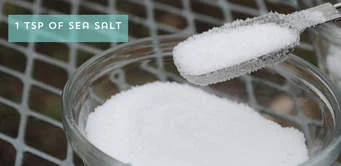Researchers from United States have raised the alarm over the impact of third-hand smoke, saying hazardous compounds from cigarette smoke that cling to smokers’ bodies could be released into non-smoking environment, thereby exposing people nearby to the adverse effects of cigarettes.
According to the findings of a new study, published in the journal ‘Science Advances,’ third-hand smoke could travel in large quantities into indoor, non-smoking environments by way of humans.
The research suggested that even if someone is in a room where no one has smoked, that person could still be exposed to many of the hazardous chemical compounds that make up cigarette smoke, depending on who else had entered the room or previously visited it.
Third-hand smoke is described as the residual contamination from cigarette smoking that adheres to walls and other surfaces in places where smoking has previously occurred. Professor Drew Genter, a researcher in the study said, “People are substantial carriers of third-hand smoke contaminants to other environments. So, the idea that someone is protected from the potential health effects of cigarette smoke because they’re not directly exposed to second-hand smoke is not the case.” Yale’s Gentner is an associate professor of chemical & environmental engineering at the University. On his part, Roger Sheu, a Ph.D. student in Gentner’s lab and lead author of the study, said, “Despite regulations preventing people from smoking indoors, near entryways, and near air intakes, hazardous chemicals from cigarette smoke are still making their way indoors.”
The amount of these hazardous and reactive gases wasn’t trivial, the research team said. The gas emissions were equal to that of being exposed to one to 10 cigarettes of secondhand smoke in a one-hour period, they noted, the ‘Mailonline’ reported. The researchers said that the chemicals don’t remain entirely in the air, but are also adsorbed onto various surfaces and furnishings, just as it does with thirdhand smoke contamination in places where smoking has occurred. Similarly, they also found a predominance of nitrogencontaining compounds from cigarettes, which would have migrated from people to other indoor surfaces. “In particular, we noticed that nicotine was the most prominent compound by far,” said co-author Jenna Ditto, a Ph.D. student in Gentner’s lab.



























